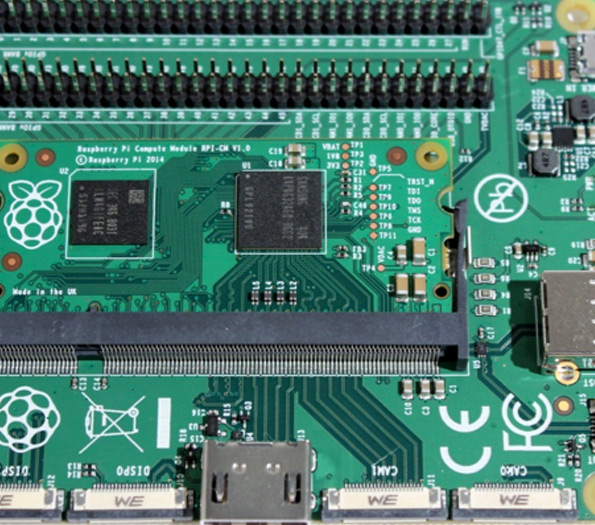

Understanding Low-E Soft Coat Glass A Comprehensive Overview
Low-emissivity (Low-E) soft coat glass is a technological advancement in the field of building materials, primarily known for its energy-efficient properties. As global awareness of environmental issues rises, the significance of such innovations in residential and commercial applications becomes more pronounced. This article will explore what Low-E soft coat glass is, its benefits, applications, and how it stands apart from other types of glass.
What is Low-E Soft Coat Glass?
Low-E glass is a type of energy-efficient glass that has a specially designed coating to reduce the amount of ultraviolet (UV) and infrared light that passes through it, while still allowing visible light to enter. The soft coat refers specifically to a method of applying this coating. Unlike a hard coat process, which applies a metallic layer while the glass is still in its molten state, soft coating involves depositing a thin layer of metallic oxides when the glass is at room temperature. This allows for greater control over the thickness and properties of the coating, which can optimally tune the glass for various applications.
Benefits of Low-E Soft Coat Glass
1. Energy Efficiency One of the primary benefits of Low-E soft coat glass is its energy-saving capability. By reflecting heat back into the room during winter and blocking solar heat during summer, it helps maintain comfortable indoor temperatures, reducing reliance on heating and cooling systems. This directly translates into lower energy bills.
2. Enhanced Comfort The thermal resistance provided by Low-E soft coat glass contributes to a comfortable living space. It minimizes cold drafts near windows in the winter and helps prevent overheating during the summer months, creating a more stable indoor environment.
3. UV Protection The UV-blocking properties of Low-E glass protect carpets, upholstery, and artwork from fading due to sun exposure. This prolongs the life of interior furnishings and minimizes the need for replacements.
4. Improved Aesthetics Soft coat Low-E glass provides high levels of clarity while maintaining a more neutral appearance compared to hard-coated varieties. This aesthetic advantage makes it an appealing choice for architects and designers looking to maintain the beauty of natural light in their designs without sacrificing energy efficiency.

5. Noise Reduction In addition to thermal insulation, Low-E soft coat glass can also provide sound insulation benefits. The multiple layers in insulated glass units can help reduce noise from outside, making it an excellent choice for urban environments.
Applications of Low-E Soft Coat Glass
Low-E soft coat glass is widely used in various applications, including
- Residential Buildings Homeowners use this type of glass for windows, doors, and skylights to enhance energy efficiency and comfort. - Commercial Buildings Many businesses incorporate Low-E glass in their facades to reduce energy consumption and improve the overall aesthetic appeal.
- Automotive Industry Low-E soft coat glass is increasingly being used in the automotive sector for windshields and windows that require both clarity and thermal efficiency.
- Solar Panels The properties of Low-E glass also lend themselves well to solar technology, helping to enhance the efficiency of solar panels.
Conclusion
In an age where sustainability and energy efficiency are paramount, Low-E soft coat glass stands out as an exemplary solution. Its ability to significantly reduce heating and cooling costs, combined with its aesthetic benefits, makes it an ideal choice for both residential and commercial applications. As technology continues to evolve, it is likely that innovations in Low-E glass will advance further, offering even more benefits in terms of efficiency and design. Whether you're building a new home or retrofitting an existing space, investing in Low-E soft coat glass can be a significant step toward a more sustainable future.